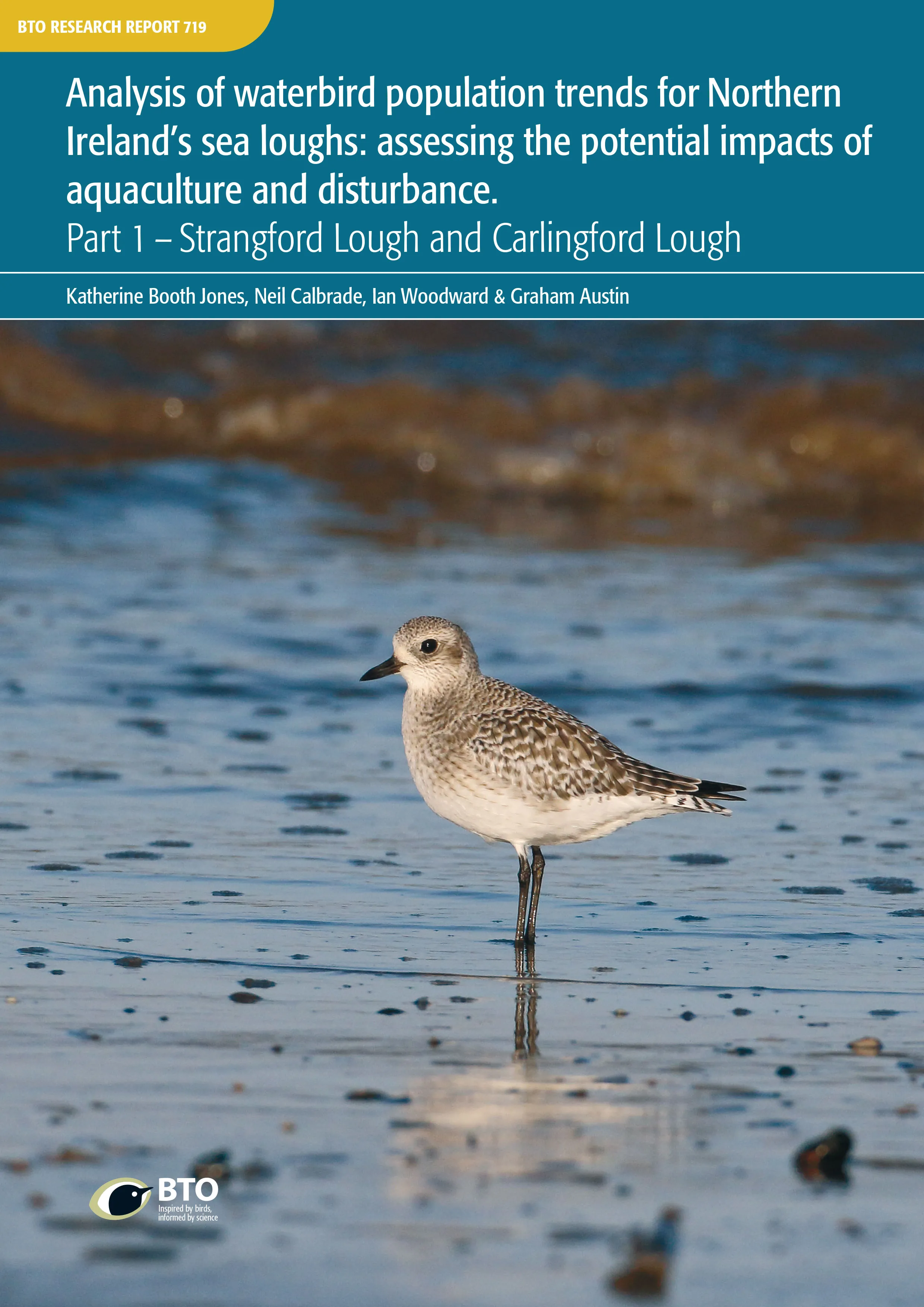BTO Research Reports are scientific papers that have been self-published by the BTO. The following is a full list of the published BTO research reports. Most are free to download, and links to Abstracts are included where possible.
Numbers missing from the list are those allocated but which were never produced or which have not been published. BTO recognises that, particularly in respect of commercially sensitive cases, a period of confidentiality is appropriate for some projects. However, in the interests of scientific development and dissemination of information, we encourage clients to permit publication as soon as it is reasonable to do so.
- If you wish to purchase a physical copy of a report please contact researchreports@bto.org.
- More information about our Annual Service reports to JNCC 1992-2005.
Assessment of recent Hen Harrier population trends in England through population modelling
This study uses a population modelling approach to explore the effects of changes in rates of productivity, survival, and settlement on population growth in the English population of Hen Harriers.

Search
How important is it to standardise the measured mass of shorebirds weighed at varying intervals after capture?
Author: Clark, J.A., Gillings, S., Clark, N.A., Cole, K.B., Breese, G., Woods, J.L., Bellman, H.A. & Robinson, R.A.
Published: 2023
When ringing birds it is usually important to standardise measurements so that sources of error are minimised. For example, trainee ringers are taught how to measure wing lengths in the most repeatable fashion. Measuring bird weight is usually much more straightforward. One situation where this may not be the case is during canon netting when large numbers of birds can be caught at once, but are weighed gradually as the birds are processed, potentially leading to biases.
01.04.23
Papers
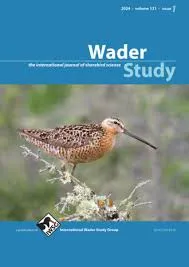
Social media and deep learning reveal specific cultural preferences for biodiversity
Author: Havinga, I., Marcos, D., Bogaart, P., Massimino, D., Hein, L. & Tuia, D
Published: 2023
30.03.23
Papers
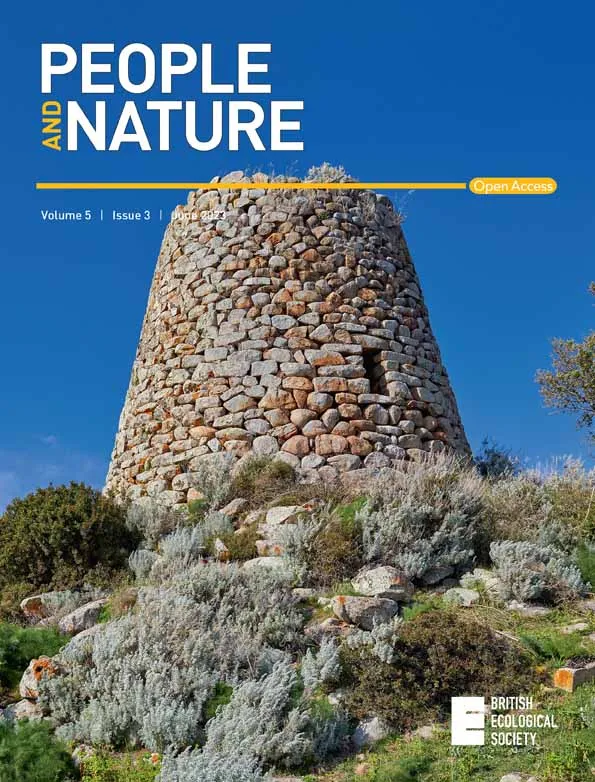
Analysis of waterbird population trends for Northern Ireland’s sea loughs: assessing the potential impacts of aquaculture and disturbance. Part 3 – Larne Lough, Killough Harbour and Dundrum Inner Bay
Author: Author(s): Booth Jones, K., O’Connell, P., Calbrade, N. & Austin, G.
Published: 2023
This study is part three of a series of sector‐level analysis reports on sea‐lough WeBS data in Northern Ireland, previously documenting Carlingford Lough, Strangford Lough, Belfast Lough, and Lough Foyle, which were chosen as sites that host aquaculture activities. These reports aim to improve understanding of the fluctuations in numbers of waterbirds within the sites and inform the consenting of operations and assessment of development plans on these protected areas. This report aims to provide an initial insight into the potential impact of intertidal Oyster aquaculture on trends in Larne Lough, Killough Harbour and Dundrum Inner Bay.
17.03.23
Reports Research reports
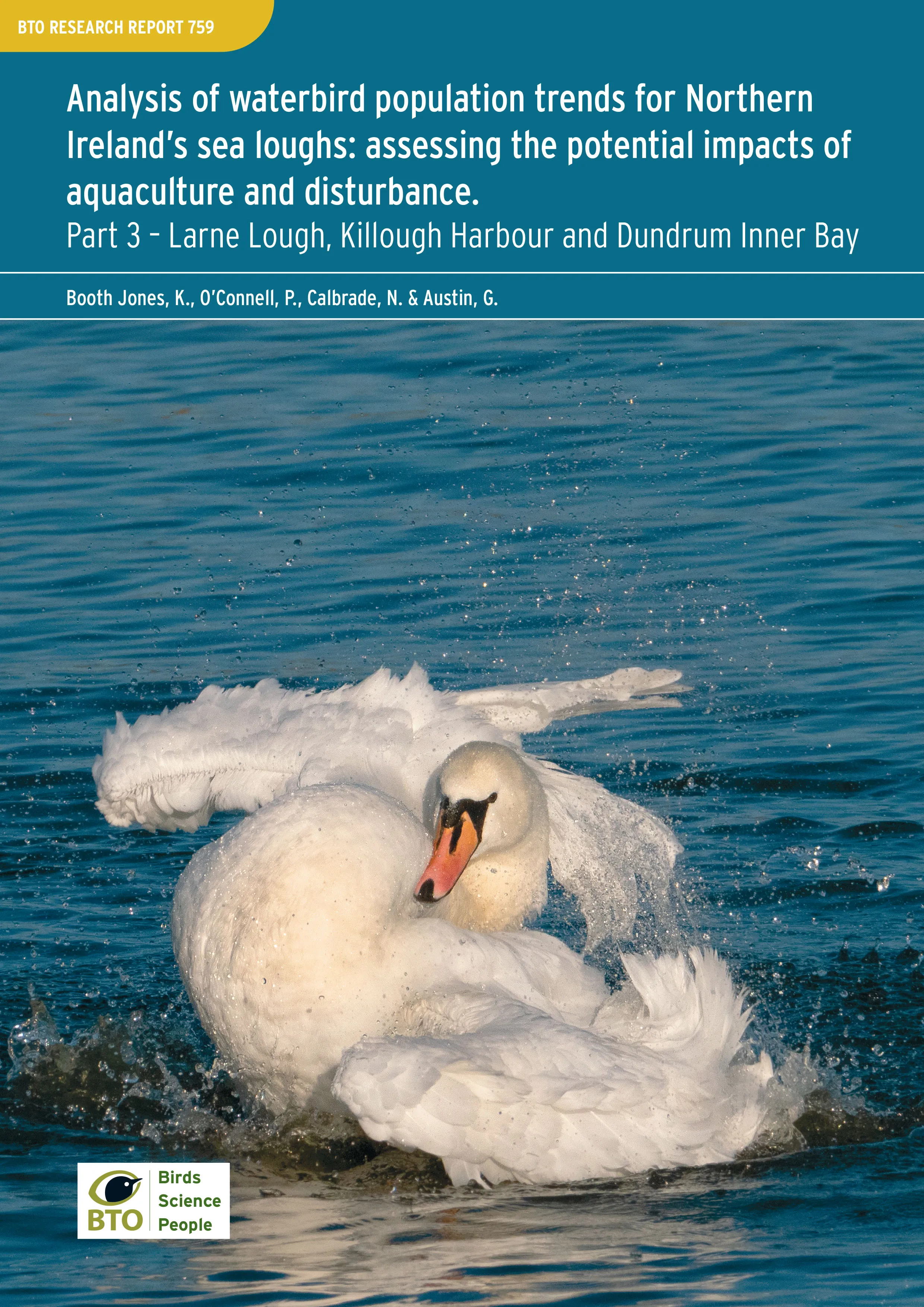
Analysis of waterbird population trends for Northern Ireland’s sea loughs: assessing the potential impacts of aquaculture and disturbance: Part 2 – Belfast Lough and Lough Foyle
Author: Author(s): Booth Jones, K., O’Connell, P., Calbrade, N. & Austin, G.
Published: 2023
This study aims to produce the first sector-level analysis of Wetland Bird Survey (WeBS) data in Northern Ireland, on two of the sea-lough sites that host aquaculture activities. This will improve understanding of the fluctuations in numbers of waterbirds within the sites and inform the consenting of operations and assessment of development plans on these SPAs.
17.03.23
Reports Research reports
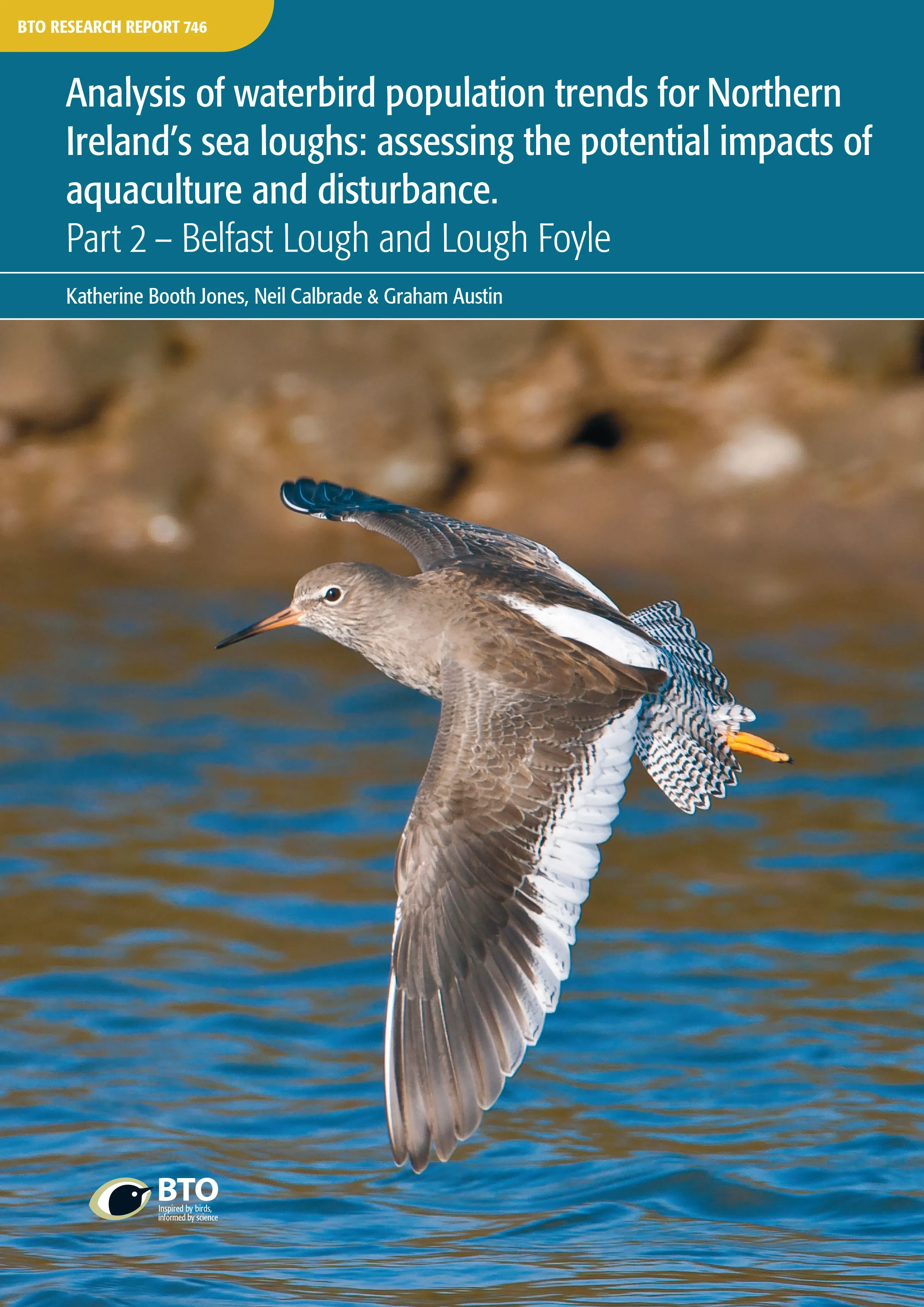
Analysis of waterbird population trends for Northern Ireland’s sea loughs: assessing the potential impacts of aquaculture and disturbance. Part 1 – Strangford Lough and Carlingford Lough
Author: Author(s): Booth Jones, K., O’Connell, P., Calbrade, N. & Austin, G.
Published: 2023
This study aims to produce the first sector-level analysis of Wetland Bird Survey (WeBS) data in Northern Ireland, on two of the sea-lough sites that host aquaculture activities. This will improve understanding of the fluctuations in numbers of waterbirds within the sites and inform the consenting of operations and assessment of development plans on these SPAs.
17.03.23
Reports Research reports
